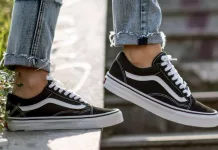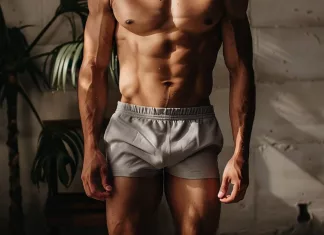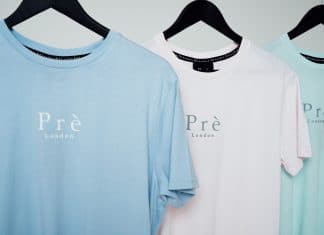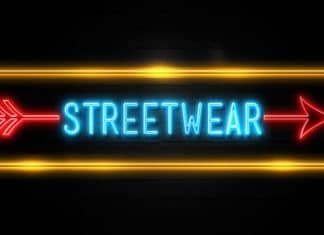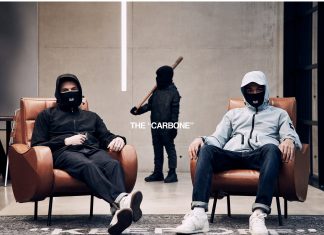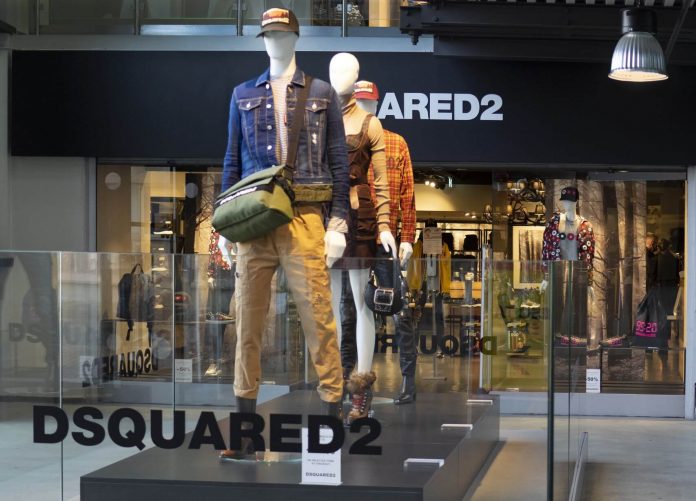
First Published: 6th December 2022, written by Olivia Doonan | Last Updated on 6th January 2024 | Reviewed and Edited by Chloe Safilo
Streetwear has changed the fashion industry in a multitude of ways. It has become a staple of the modern wardrobe and has made a huge impact on the fashion industry as a whole. Streetwear has become a bridge between high-end fashion and contemporary street style, allowing for a more diverse range of clothing and styles.
Streetwear has pushed the boundaries of fashion and continues to challenge traditional notions of style and beauty. It has become an integral part of the fashion industry, influencing everything from the way we dress to the way we think about fashion. As streetwear continues to grow and evolve, it is sure to have an even greater impact on the fashion industry in the years to come.
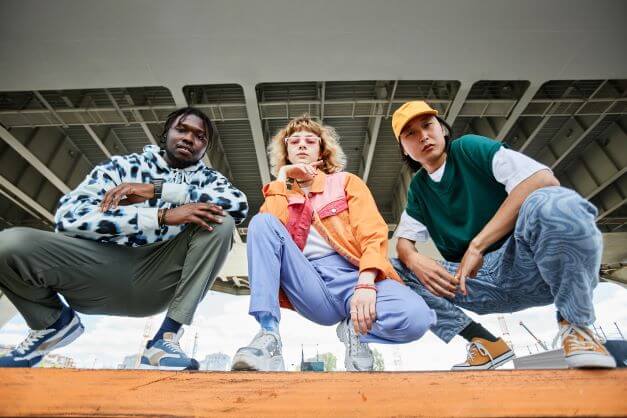
What is streetwear style clothing?
Streetwear is defined by the fashion industry as trendy, casual clothes with pop culture influences that are worn by young fashionistas who are members of a particular subculture (such as hip-hop fans, skateboarders, or surfers) who reside in urban areas. It was a casual clothing trend that originally gained popularity in the 1990s It includes casual yet fashionable attire like graphic tees, hoodies, sweatpants, and pricey trainers.
It is also difficult to define what constitutes streetwear fashion considering that the idea of subculture is extremely subjective and has a wide spectrum of inspirations from sports, music, haute couture, quick fashion, and K-Pop.
Additionally, the streetwear customer base is equally diversified, encompassing all socioeconomic classes and the largest cities on the planet. As a result, streetwear encompasses more than just expensive t-shirts with logos, baggy hoodies, and hip sneakers.
Long before the term ‘streetwear’ made an appearance in our everyday lingo, the movement was already flourishing. It was a long way from being mainstream, but it thrived and grew through small exchanges in downtown LA and New York. In the 1970s and early 80s, initiation to the streetwear aficionado club might have come easily – by way of a simple nod from someone spotting your drip and you spotting theirs. Uptown and in high society, there were similar exchanges occurring — except the buy-in was the most expensive of luxury handbags.
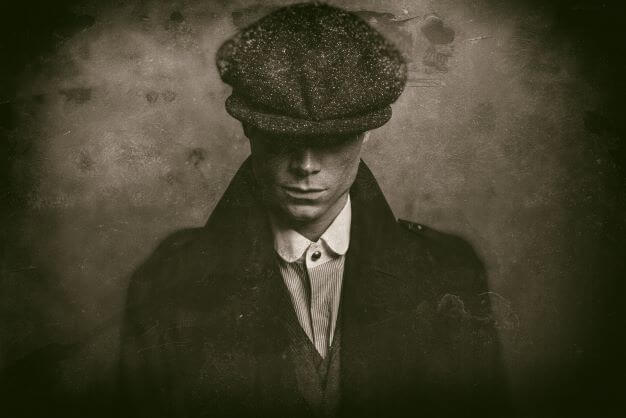
How has street culture changed over time?
Early history
The evolution of street culture was formed in the 20th century but never had a significant impact on fashion until after World War II. People were able to enjoy the higher end of clothing as their incomes grew and icons such as Pierre Balmain and Christian Dior were able to influence the freedom of exploration associated with street style.
At that period, a single high-fashion company dominated the “street style” appearance of icons. Women generally wore a long circle skirt and a fitted jacket with broad shoulders and a tapered waist, which was the “new look” created by Christian Dior.
This replaced the utility appearance of the time of war by emphasising the female figure. Utilizing the abundance of fabric that had been rare during the war, this hourglass shape was created.
Street style and the fashion business had a close relationship throughout the 20th century. Authenticity and the need to communicate a purposeful aim are two factors that are connected to the street style’s early roots.
The street style evolution in the middle of the 20th century was somewhat distinct from the more recent stages. They differ in terms of the way of buying and the view of fashion in general.
Street fashion has developed into a significant sector of the mass fashion business from a common social practice adopted by specific sociocultural groupings. This process took a very long time, and there were significant social, cultural, and economic changes as well.
The general expansion of popular culture was impacted by the anarchy that followed World War II. People desired to depart from the well-known conventional style throughout that time. As a result, many subcultures emerged, each with their own distinct styles, such as hippies, bikers, goths, and punks.
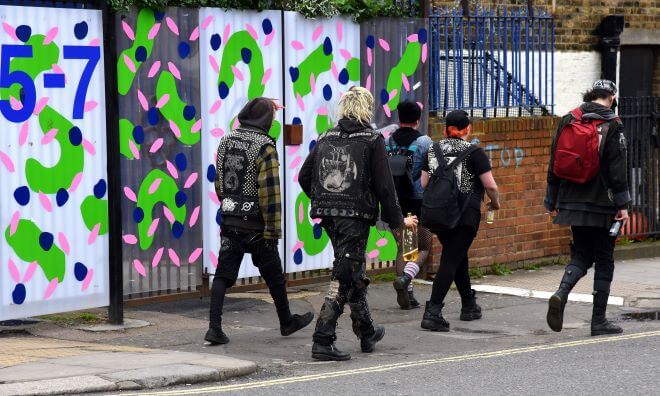
Social media popularity
Hip-hop, skateboarding, and social media all contributed to the popularity of streetwear, which made it much more eye-catching and daring. It includes blending colours, prints, and styles that you would not usually wear in public, as well as baggy clothing, casual T-shirts, and sneakers.
The platform Instagram, a popular mobile application for uploading and sharing pictures on the internet, has surged into popularity in recent years and it has remained an important platform for street style amateurs and photographers who have gained thousands of followers.
Instagram has also been a platform that enables fluid and easy activity sharing useful for anyone looking to establish a personal brand or share life experiences with friends. But as time has gone on, it has become not only a platform but a community that offers space to anybody interested in any field.
Users can always update themselves on the latest changes and trends in streetwear. Also, street style photographers can benefit from its popularity as a new world of media coverage that previously wasn’t available.
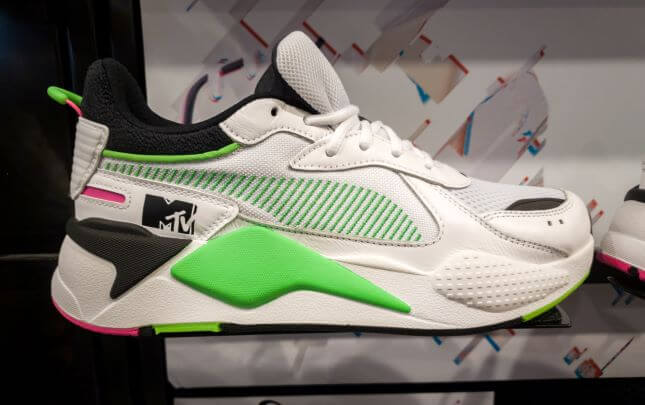
Youth Culture Streetwear
Hip-hop, social networking, and skateboarding culture have all seen a rise in the popularity of streetwear. People’s definitions of street style vary. It might be informal, entertaining, or a mixture of cultures, or it might be about music and the development of many styles.
Street style has been significantly influenced by youth culture. Big businesses are now inspired by it because they formerly found it difficult to stay competitive. Major designers increasingly see street style as high fashion and major luxury brands took years to develop luxury streetwear. Unlike other types of fashion, street style embraces a wide variety of dressing styles rather than just one.
Is streetwear a luxury?
The conventional fashion system has been overturned by the streetwear model, which is now mostly linked with exclusivity. Even though not all streetwear is regarded as “luxury,” the style is gaining traction in the high-end market and is increasingly perceived as a cultural status symbol that Generations Y and Z are attracted to.
Streetwear has approached exclusivity in a different way, since exclusivity is typically something linked with pricey things that not everyone can purchase. The original demand was caused by the fact that few people in the formative years knew how or where to find the best clothing. Getting their hands on unique clothing has always been important for wearers for whom style and individuality are crucial.
Streetwear has gone mainstream where luxury designer fashion houses have seen the perfect opportunity to design high-priced, exclusive, and unique clothing and accessories that are not available for everyone.
Streetwear continues to draw inspiration from the skate, surf, and hip hop subcultures and is still an alternative to more mainstream fashion trends today. In the past, casual clothing would never have been considered to be luxurious or exclusive, but there has been a complete reversal of this impression.
Buyers have also realised that purchasing high-end, exclusive clothing is an intelligent investment for the future. Many have spotted an opportunity where there is a selection of streetwear pieces that are in limited supply which has majorly increased the resell value of them.
Streetwear appears to have a secure place in the fashion industry as top brands continue to leverage influencer marketing and team up with celebrities in an effort to elevate their prestige and desirability even further. Some of the most successful urban businesses have demonstrated that they understand exactly how to relate to younger consumers which might teach mainstream brands and conventional luxury fashion houses how it’s done.







